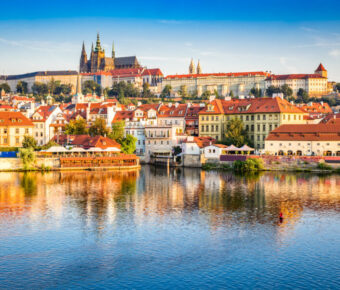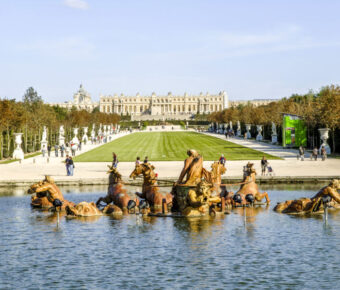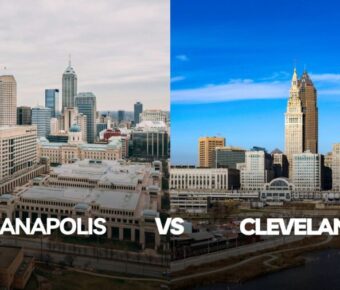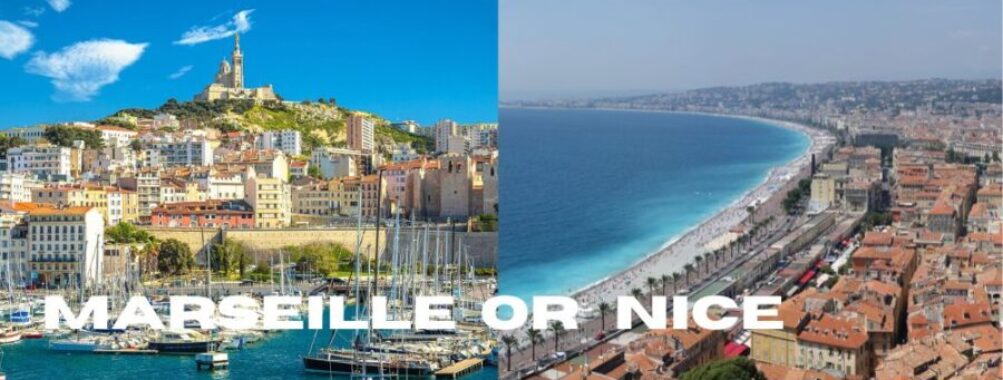
Marseille vs Nice: A Local’s Guide to Choosing Between Two French Riviera Gems
Picture two stunning Mediterranean cities, both gems of the French Riviera but each with its own distinct character. The ancient port city of Marseille pulses with raw energy and multicultural vibes, while elegant Nice sparkles with pristine beaches and refined Côte d’Azur charm.
Travelers can expect to spend about 20% less on hotels and dining in Marseille compared to Nice, making it the better choice for budget-conscious visitors seeking an authentic French experience. The trade-off comes down to atmosphere – Marseille offers a grittier, more working-class feel with incredible seafood and historic sites, while Nice delivers a polished resort town experience with art museums and upscale shopping.
Getting between these Mediterranean havens is a breeze. The coastal train ride takes two hours and treats passengers to spectacular seaside views that the inland highway route can’t match. Both cities shine brightest from April through October when the weather is perfect for exploring their distinctive neighborhoods and beaches.
Contents
- Historical Overview
- Marseille’s Ancient Beginnings
- Nice’s Diverse Past
- Cultural Tapestry
- Artistic Landscape
- Gastronomic Delights
- Festivals and Events
- Iconic Attractions
- Marseille’s Must-See Sights
- Nice’s Notable Landmarks
- Leisure and Outdoor Activities
- Water Sports and Beaches
- Parks and Nature Excursions
- Nightlife and Entertainment
- Marseille’s Evening Scene
- Vibrant Nights in Nice
- Accommodations and Where to Stay
- Hotels in Marseille
- Lodging Options in Nice
- Transportation and Mobility
- Getting Around Marseille
- Transit in Nice
- Shopping and Markets
- Unique Boutiques in Marseille
- Nice’s Shopping Venues
- Recreational Sports and Events
- Sports Culture in Marseille
- Nice’s Competitive Edge
- Frequently Asked Questions
- What are the predicted outcomes for the most recent encounters between Marseille and Nice?
- Where can fans stream the latest matches between Marseille and Nice?
- How have Marseille and Nice performed in their last few matchups?
- What are the key differences in the football culture and fan base of Marseille compared to Nice?
- How do Marseille and Nice compare in terms of their contributions to French football history?
- What unique factors should be considered when comparing the quality of life in Marseille and Nice?
- More Travel Guides
Historical Overview
Both Marseille and Nice showcase France’s rich Mediterranean heritage through their ancient ports and trading roots. These coastal cities have unique stories that shaped their growth from modest settlements into major cultural centers.
Marseille’s Ancient Beginnings

Marseille stands as France’s oldest city, founded by Greek sailors around 600 BC. The Greek settlers named it Massalia and built their colony around what became the Vieux Port, which remains the heart of the city today.
The Romans added their mark to Marseille, expanding the port’s trade connections across the Mediterranean. Their influence can still be seen in ruins scattered throughout the city.
Trade shaped Marseille’s growth through the centuries. The port brought wealth, new cultures, and sometimes disease – including the devastating plague of 1720 that killed half the city’s people.
Nice’s Diverse Past
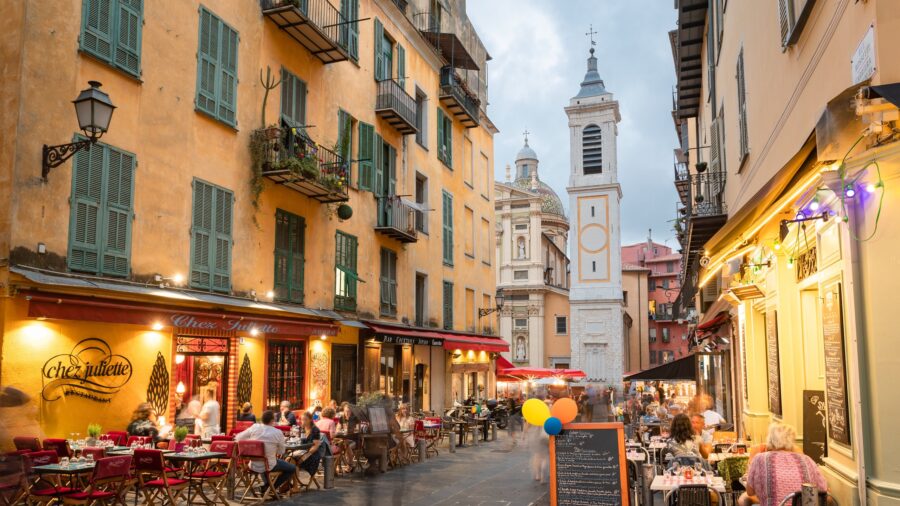
Nice began as a Greek trading post named Nikaia around 350 BC. The city changed hands many times over centuries, belonging to Italian kingdoms and France at different points.
The medieval period left its mark in Nice’s Old Town, with narrow winding streets and colorful buildings that show Italian architectural influence. You can still see the remnants of ancient walls that once protected the city.
Nice only became permanently French in 1860, when Italy sold it to France. Before that, the city was part of the Kingdom of Sardinia. This mixed heritage created Nice’s unique blend of French and Italian culture that visitors experience today.
Cultural Tapestry
Both Marseille and Nice shine as cultural beacons along the French Mediterranean coast, each offering distinct artistic scenes, mouth-watering local dishes, and vibrant celebrations that bring their streets to life.
Artistic Landscape
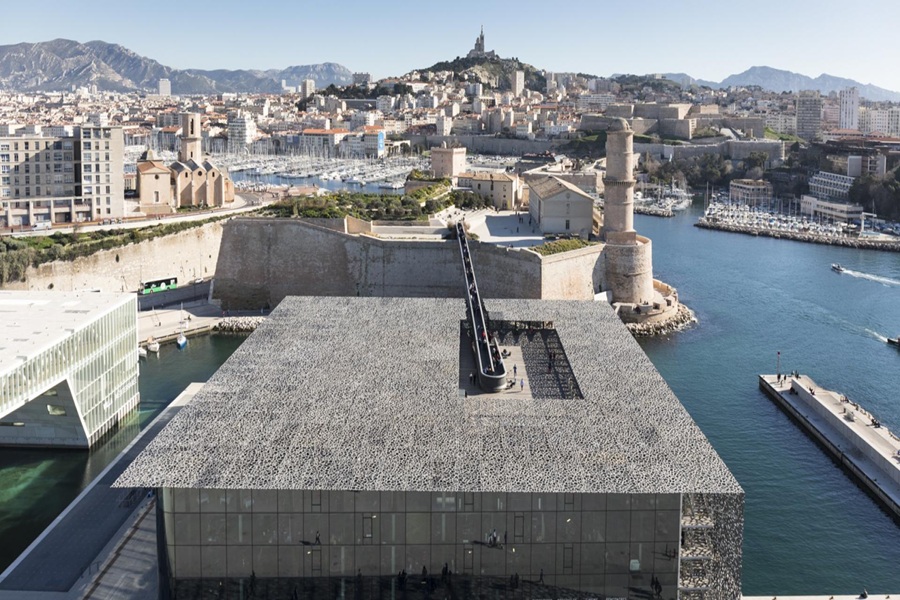
The MUCEM stands as Marseille’s crown jewel of modern culture. This striking museum celebrates Mediterranean civilization through fascinating exhibits and a stunning architectural design that connects the old port to the new.
Nice’s art scene centers around its famous Matisse Museum, housed in a beautiful 17th-century villa. The city’s artistic heritage comes alive in its numerous galleries scattered throughout the Old Town.
Street art adds color to Marseille’s urban fabric, especially in the Cours Julien neighborhood. Artists transform building walls into open-air galleries, telling stories of the city’s diverse population.
Gastronomic Delights
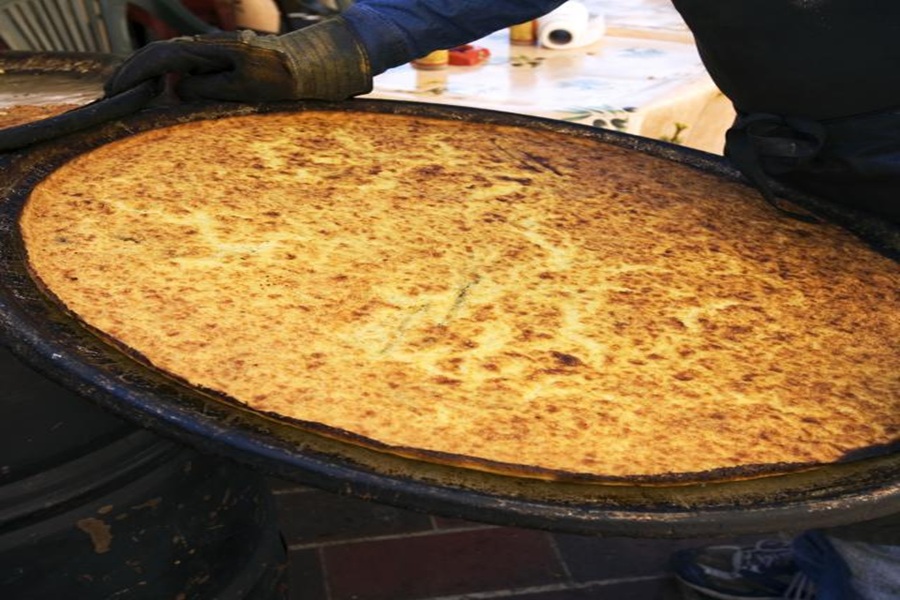
Marseille’s signature dish, bouillabaisse, reflects its maritime soul. Local chefs prepare this rich seafood stew following age-old recipes passed down through generations.
Nice’s culinary scene features specialties like socca (chickpea pancakes) and salade niçoise. Local markets, like the Cours Saleya, showcase fresh Mediterranean ingredients.
Each city maintains its own unique food traditions:
- Marseille: pastis, navettes, seafood platters
- Nice: pissaladière, pan bagnat, olive oil specialties
Festivals and Events
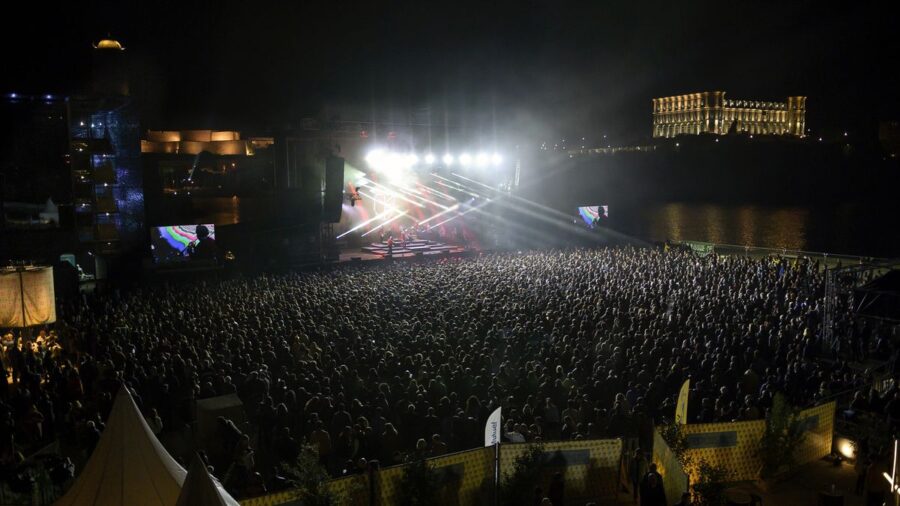
The Nice Jazz Festival draws music lovers from around the globe each July. Jazz notes float through the warm evening air as performers take the stage in the historic Place Massena.
Marseille’s cultural calendar peaks with the Fiesta des Suds, celebrating world music and Mediterranean culture. The city comes alive with concerts, dance performances, and street parties.
Both cities embrace their carnival traditions. Nice’s carnival ranks among Europe’s largest, while Marseille’s celebrations feature unique local twists and maritime themes.
Iconic Attractions
Both cities showcase remarkable landmarks that reflect their rich history and Mediterranean culture. From hilltop basilicas to seaside promenades, these attractions draw millions of visitors each year.
Marseille’s Must-See Sights
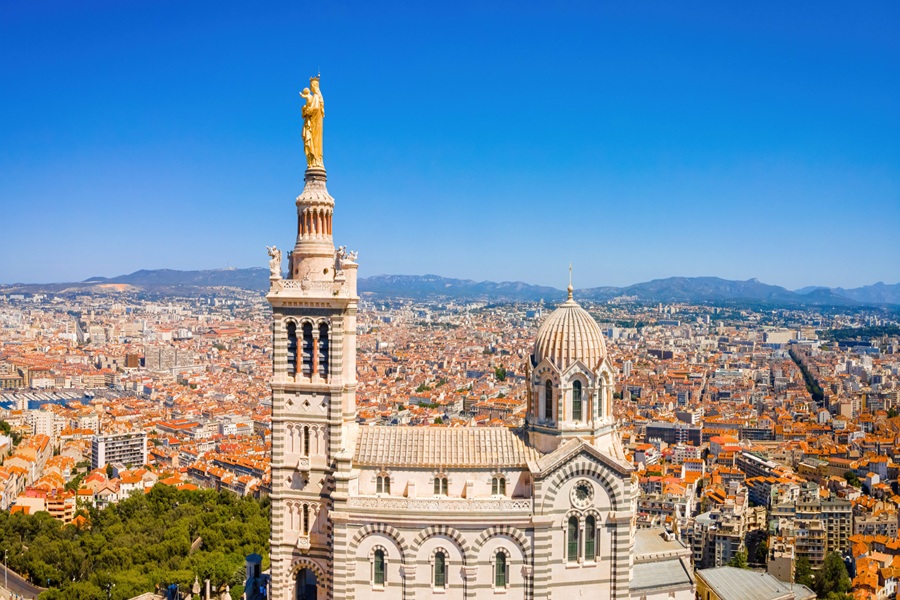
The Basilique Notre-Dame de la Garde dominates Marseille’s skyline from its highest point. This 19th-century church features stunning Byzantine architecture and gold-leaf mosaics. Its famous golden Madonna statue watches over the city and harbor.
The Vieux Port buzzes with activity from sunrise to sunset. Local fishermen sell their catch each morning while tourists snap photos of colorful boats bobbing in the harbor. Fort Saint-Jean guards the port’s entrance, offering amazing views of the coast.
The Panier district reveals Marseille’s oldest neighborhood. Its narrow streets wind past artisan shops and colorful street art. Small squares hide charming cafes where locals gather.
Nice’s Notable Landmarks
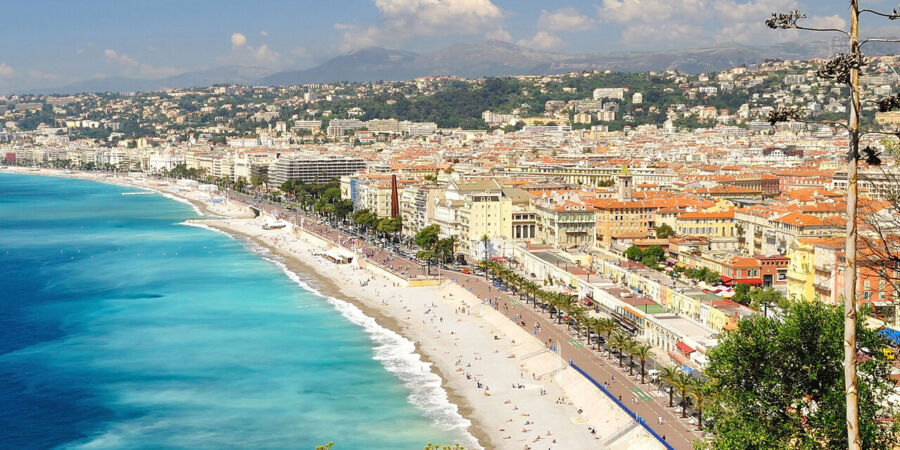
The Promenade des Anglais stretches 7 kilometers along Nice’s waterfront. Palm trees line this famous walkway where people stroll, cycle, and watch stunning Mediterranean sunsets. Historic hotels and art deco buildings face the sea.
Castle Hill provides the best views in Nice. While the medieval castle no longer stands, its gardens and artificial waterfall create a peaceful escape above the city.
Place Massena brings Nice’s heart to life with its striking red buildings and checkered square. The famous Apollo fountain stands proud in its center, while modern art installations light up at night.
Old Town’s twisted alleys hide baroque churches and local markets. The flower market fills Cours Saleya with color and fragrance every morning except Mondays.
Leisure and Outdoor Activities
Both Nice and Marseille shine when it comes to outdoor recreation, with each city offering unique ways to enjoy the Mediterranean climate and stunning coastal landscapes.
Water Sports and Beaches

Nice’s beaches stretch along the famous Promenade des Anglais, featuring crystal-clear waters perfect for swimming and snorkeling. The pebble beaches might take some getting used to, but they create incredibly clear water conditions.
Nice offers excellent spots for paddleboarding and kayaking, with rental shops dotting the coastline. The calm waters make it ideal for beginners.
Marseille’s beaches have a different character. The Prado beaches offer sandy spots for sunbathing, while the rugged Calanques provide dramatic swimming spots between limestone cliffs.
Water sports enthusiasts will find more challenging conditions in Marseille, making it popular for sailing and windsurfing. The stronger winds and deeper waters create perfect conditions for these activities.
Parks and Nature Excursions
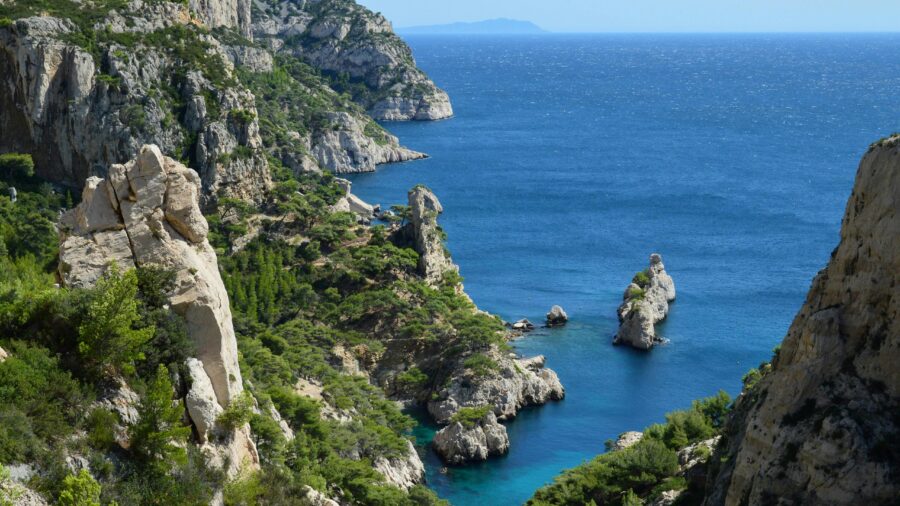
Marseille’s crown jewel is the Calanques National Park, with its limestone cliffs and hidden coves. Hiking trails range from easy coastal walks to challenging full-day treks.
Rock climbing opportunities abound in the Calanques, attracting climbers from around the world. The park also offers excellent spots for wildlife watching and photography.
Nice’s natural attractions focus on the hills above the city. The Castle Hill provides panoramic views and peaceful gardens for morning walks or sunset picnics.
Mont Boron forest park offers shaded hiking trails and stunning views of the coast. It’s less challenging than the Calanques but provides beautiful Mediterranean forest experiences.
Nightlife and Entertainment
Both cities offer exciting after-dark experiences, but each has its own distinct flavor of nightlife. Nice sparkles with elegant bars and beachfront clubs, while Marseille pulses with edgy neighborhood haunts and authentic local spots.
Marseille’s Evening Scene
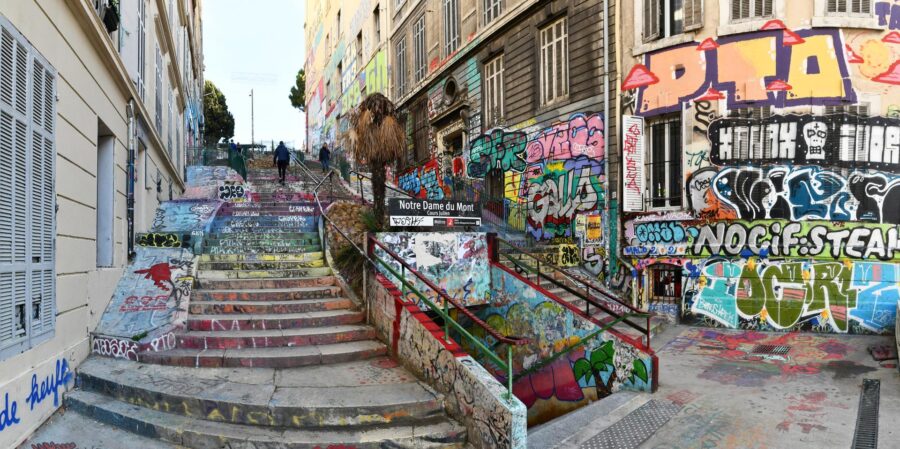
The heart of Marseille’s nightlife beats in the artsy Cours Julien district. This colorful neighborhood comes alive after sunset with street art, live music venues, and quirky bars. Local spots like La Plaine mix casual wine bars with indie music clubs.
The Old Port area adds a different vibe with its waterfront restaurants and seafaring pubs. You’ll find everything from cozy wine bars to energetic dance clubs along the harbor. Many venues stay open until 2 AM on weekends.
Street performers and musicians often fill the squares during warm evenings. The mix of students, locals, and visitors creates a lively atmosphere unique to Marseille.
Vibrant Nights in Nice
Nice’s nightlife centers around the charming Old Town (Vieux Nice) and the famous Promenade des Anglais. Sophisticated cocktail lounges and wine bars dot the narrow streets, perfect for evening bar-hopping.
Popular nightlife spots include:
- Beach clubs along the Promenade
- Jazz clubs in the Old Town
- Rooftop bars with Mediterranean views
- Traditional French wine bars
The city offers a mix of laid-back and upscale venues. Beach clubs transform into dance spots after sunset. Many bars feature live music, from jazz to contemporary hits.
The party often continues until dawn, especially during summer months. Nice’s nightlife tends to be more polished than Marseille’s, with higher prices to match.
Accommodations and Where to Stay
Both cities offer diverse lodging choices, with Nice trending toward luxury stays while Marseille provides more budget-friendly options.
Hotels in Marseille

The Old Port area makes a perfect home base for exploring Marseille. Budget hotels near the port start at €70 per night in low season. The 16th district feels like a charming village, with family-run guesthouses and local B&Bs at reasonable rates.
Many travelers choose to stay in the vibrant Canebière neighborhood. This central area puts you steps from restaurants, shops, and the metro system. Small boutique hotels here typically range from €90-150 per night.
Lodging Options in Nice
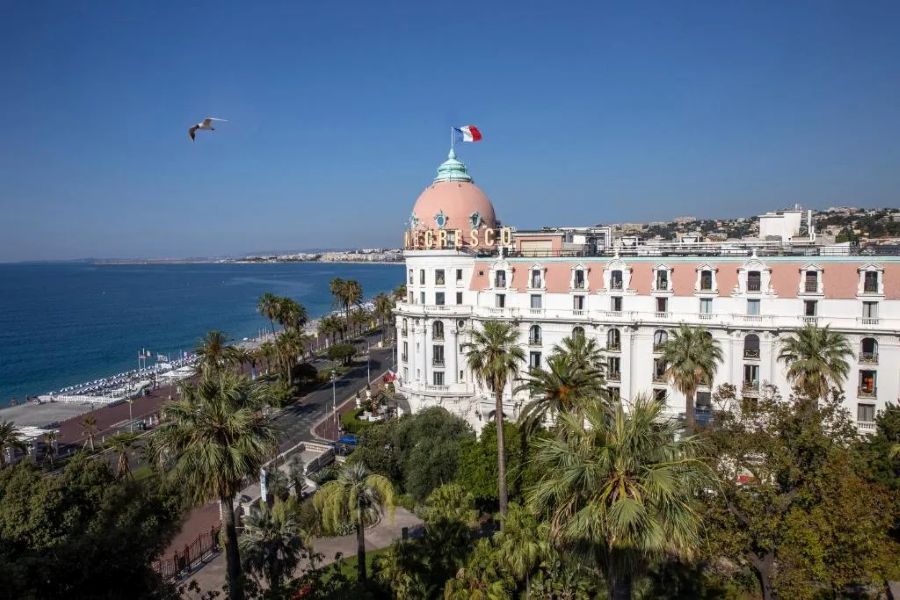
Find amazing hotel deals in Nice’s prime spots like the Promenade des Anglais and Old Town. Keep in mind that over half the accommodations cost more than €200 nightly for a double room.
The city has fewer budget options under €100, especially during peak season. The upside? Public transport is cheaper than Marseille at just €1.50 per ride, making it easy to stay in less expensive areas outside the center.
Most luxury hotels cluster along the beachfront promenade. Mid-range options fill the streets behind the beach zone. The Musicians Quarter offers quieter lodging with good value, just a 10-minute walk from the shore.
Transportation and Mobility
Both cities offer reliable public transit networks to help visitors get around, with various ticket options for tourists and locals alike. Each city has its own approach to moving people efficiently through busy streets and coastal areas.
Getting Around Marseille
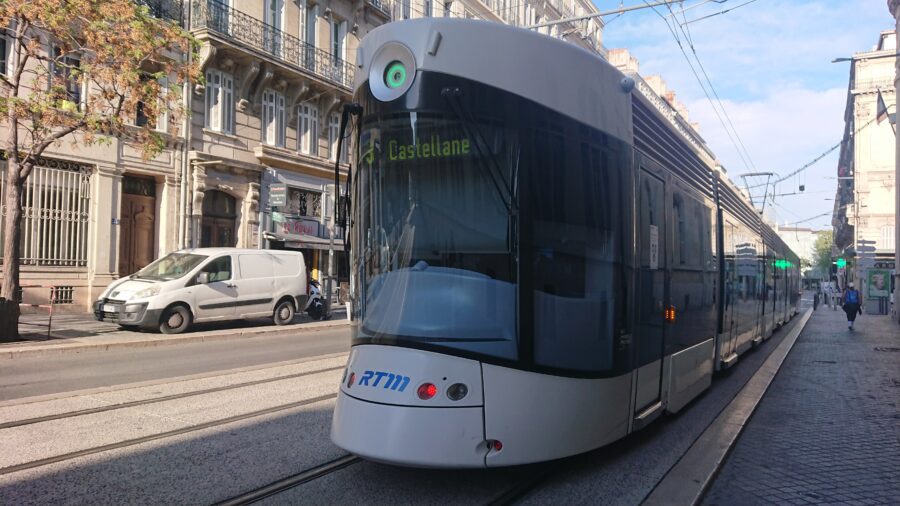
The RTM manages Marseille’s public transport with 2 metro lines, 3 tram routes, and 93 bus lines running daily except May 1st. A single ticket works on all transit types, making it simple to explore the city.
Metro trains run from early morning until about 10:30 PM. The system connects major attractions and neighborhoods through the city center.
Trams operate from 5 AM to 12:30 AM, providing east-west connections across central areas. Many tourists find the tram system easy to navigate.
Buses fill gaps between rail services and reach outer neighborhoods. While taxis are available, they tend to be pricey compared to public transit options.
Transit in Nice
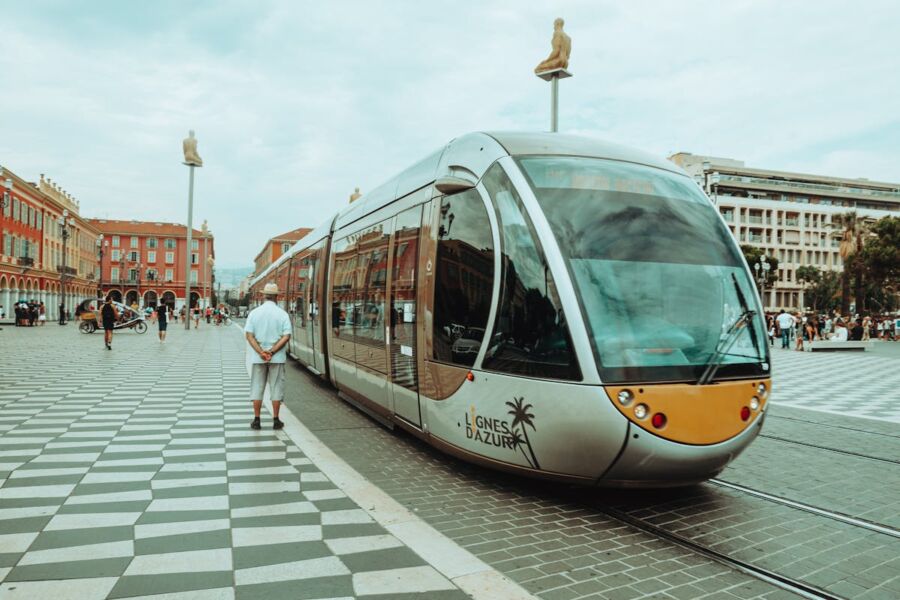
Nice’s public transportation costs less than Marseille, with €1.50 single-ride tickets for buses, trams, and metros. The system runs efficiently throughout the main tourist areas.
The modern tram network forms the backbone of Nice’s transit system. Clean, frequent service helps visitors reach beaches and attractions without hassle.
Walking remains popular for exploring Nice’s compact city center. Many tourists enjoy strolling the famous Promenade des Anglais and narrow streets of Old Town.
Bike rentals provide another way to see the sights. The flat coastal areas make cycling a pleasant option in good weather.
Shopping and Markets
Both cities offer distinct shopping experiences, from trendy boutiques to traditional markets. Each destination brings its own flavor to retail therapy, mixing modern stores with local charm.
Unique Boutiques in Marseille

The Cours Julien neighborhood stands out as Marseille’s artistic hub, filled with indie fashion stores and vintage shops. Quirky boutiques selling handmade jewelry and local designer clothes decorate the walls with street art.
Le Panier district features small artisan workshops where you’ll find unique ceramics and Marseille soaps. Many artists sell their creations directly from their studios.
The Vieux-Port fish market brings the city’s maritime spirit to life each morning. Local fishermen display their fresh catches while vendors sell spices and local specialties.
Nice’s Shopping Venues
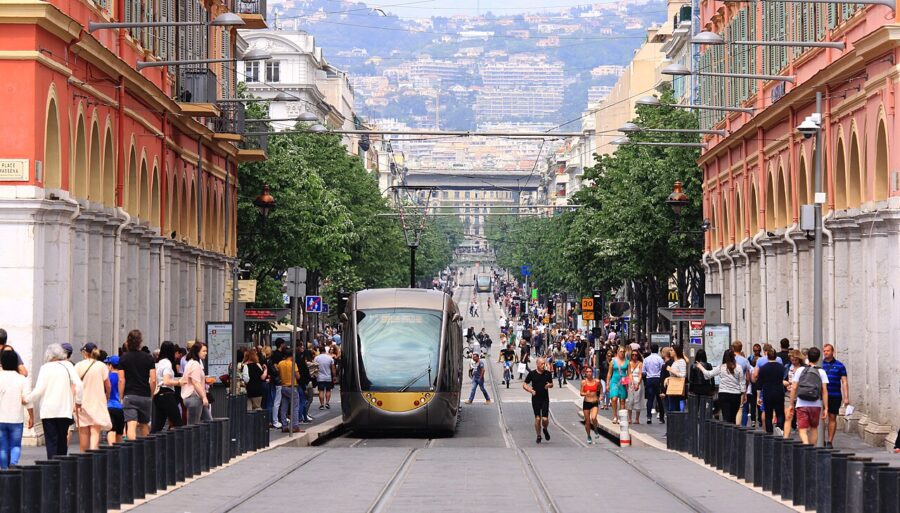
Avenue Jean Médecin serves as Nice’s main shopping street, featuring French department stores and international fashion brands. The street buzzes with shoppers exploring multi-level retail spaces.
The Cours Saleya market in Old Nice attracts visitors with its colorful flower stalls and local produce. The market transforms into an antique fair every Monday, displaying vintage treasures and collectibles.
Nice’s luxury boutiques cluster around Rue Paradis and Rue de France. These streets house high-end fashion brands and jewelry stores that cater to affluent travelers.
The Galeries Lafayette department store offers designer fashion across five floors, with a rooftop viewing area perfect for shopping breaks.
Recreational Sports and Events
Both cities offer exciting sports scenes and recreational activities, with passionate football cultures and plenty of opportunities for water sports along the Mediterranean coast.
Sports Culture in Marseille
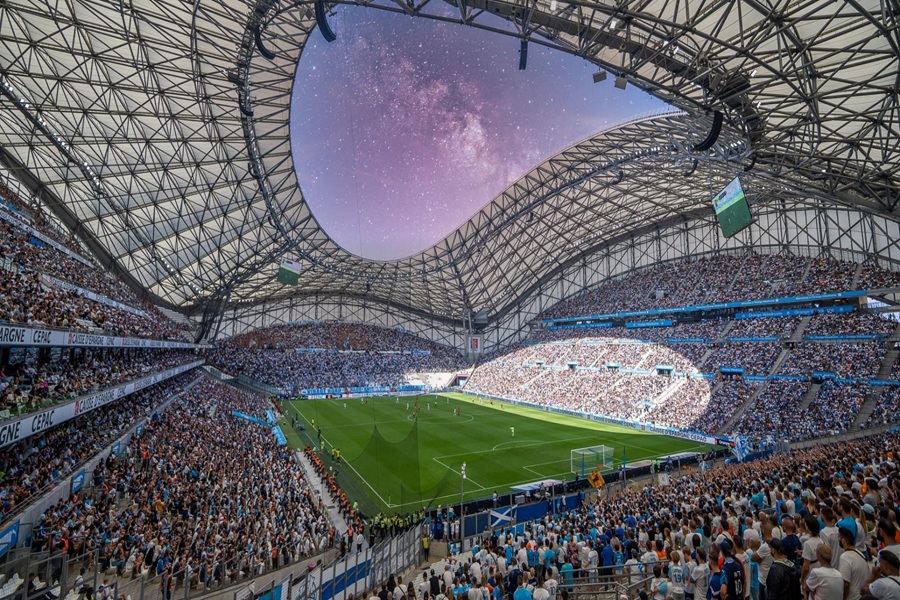
Olympique de Marseille stands as the city’s pride and joy, playing at the iconic Stade Vélodrome. The stadium comes alive during match days when 67,000 fans create an electric atmosphere.
The city’s strong winds make it perfect for sailing enthusiasts. You’ll spot countless white sails dotting the horizon on breezy days.
Local sports extend beyond football and sailing. The city’s rugged coastline provides excellent spots for scuba diving, rock climbing, mountain biking, and kayaking in protected coves.
Nice’s Competitive Edge

OGC Nice plays their home games at the modern Allianz Riviera, a 35,000-seat stadium known for its eco-friendly design and amazing acoustics.
The city’s flat, long coastline makes it ideal for water sports beginners. Popular activities include paddleboarding, jet skiing, windsurfing, and swimming at protected beaches.
Nice hosts several international sporting events throughout the year, including the Nice Marathon and various sailing regattas.
Frequently Asked Questions
The historic rivalry between Marseille and Nice features intense matches, passionate fans, and deep cultural connections that shape French football. Both cities bring unique Mediterranean charm and football heritage to Ligue 1.
What are the predicted outcomes for the most recent encounters between Marseille and Nice?
The January 26, 2025 match at Nice’s Allianz Riviera stadium looks to be a tight contest. Nice’s strong home record this season gives them a slight edge.
The teams meet again in April 2024, with Marseille expected to rely on their attacking prowess at the Orange Vélodrome.
Where can fans stream the latest matches between Marseille and Nice?
French football fans can watch matches live on Canal+ and Amazon Prime Video in France. International viewers have access through BT Sport in the UK and beIN Sports in many other regions.
Local bars and sports cafes in both cities regularly screen the matches, creating electric atmospheres.
How have Marseille and Nice performed in their last few matchups?
Recent meetings between these Mediterranean rivals have been close and competitive. The teams traded wins in their 2024 encounters.
The matches featured tight defensive battles and few goals scored, reflecting the tactical approaches of both sides.
What are the key differences in the football culture and fan base of Marseille compared to Nice?
Marseille’s Ultras are known for their passionate support and elaborate pre-game displays. The Orange Vélodrome rocks with intense energy during matches.
Nice fans bring their own unique coastal flair, with a mix of traditional support and modern football culture at the Allianz Riviera.
How do Marseille and Nice compare in terms of their contributions to French football history?
Marseille stands as the only French club to win the Champions League, claiming victory in 1993. They’ve won 9 Ligue 1 titles throughout their history.
Nice enjoyed a golden era in the 1950s with 4 league titles. Their youth academy has produced several notable French internationals.
What unique factors should be considered when comparing the quality of life in Marseille and Nice?
Nice offers a refined Riviera lifestyle with its famous Promenade des Anglais and year-round mild weather. The city blends Italian and French influences.
Marseille brings raw energy as France’s second-largest city. Its historic port, vibrant arts scene, and multicultural neighborhoods create a unique Mediterranean vibe.
